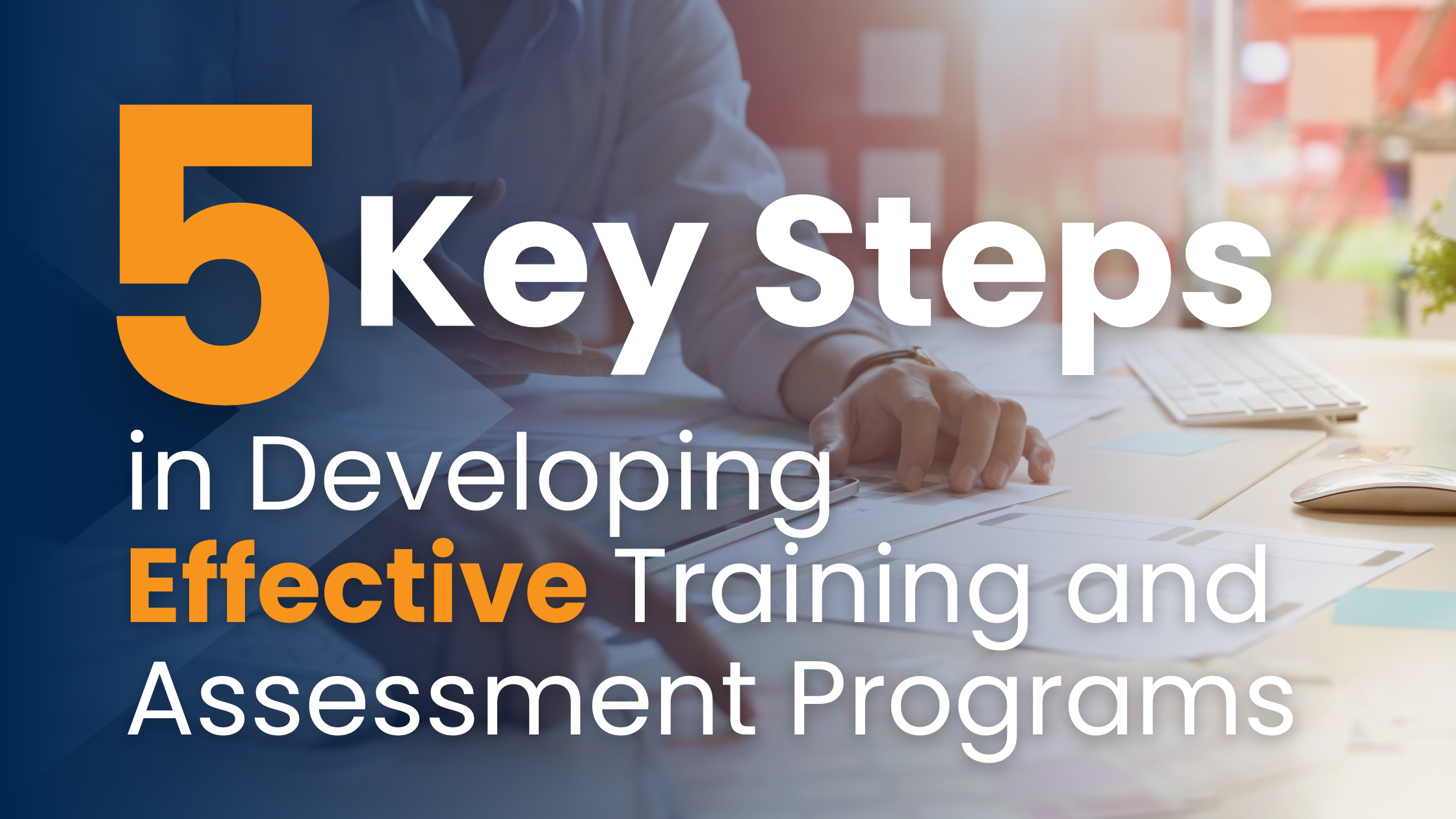Virtual instructor-led training (VILT) offers many benefits over face-to-face or traditional classroom delivery. However, it is important to understand that VILT differs from face-to-face facilitation in a number of ways.
The use of technology alone creates a challenge for both the facilitator and the learners. The other challenge, of course, is that you cannot see the learners to check their level of understanding or engagement.

1. Teach the platform tools. Keep in mind the learners may not be familiar with the platform you are using. Though most VILT platforms are similar, each comes with their own set of tools and how to use them. Provide very specific instructions for logging into the system and who to contact if they have technical issues. Provide leaners with a tutorial on the use of the tools you will expect them to use.
2. Set ground rules. Participants may not be comfortable learning in this mode. Setting ground rules, such as those displayed below will set expectations for the session. Here, you can set the expectation that learners can be called upon by name. This keeps learners engaged and paying attention.
3. Don’t lecture. This is even more critical when we can’t see the expressions of our participants. In VILT, you should engage your audience with interaction every three minutes. This can be a poll, whiteboard collaboration, or simply asking for feedback.
4. Ask for learner feedback regularly. Because we cannot read the expressions on our participants’ faces, it is important to ask for feedback regularly to ensure they are understanding you and paying attention. This can come in the form of verbal responses, typing in chat, or changing emoticons.
5. Use a variety of tools in different ways. Some VILT platforms come with more interactive tools than others. But, you can create engaging activity with the simplest of tools. Create whiteboards or PowerPoint slides that allow participants to use annotation tools to type answers to scenario-based activities. If your platform does not have built in polls or quizzes, you can display questions on slides and ask participants to verbalize or type answers on screen or in chat. Don’t limit your activities to just one of these. Change it up to provide a variety of activities.
6. Allow learners to collaborate and ask questions. Learners can become frustrated if they are not able to ask questions or exchange ideas. Allowing learners the opportunity to chat and collaboration with each other will provide for a greater learning experience.
7. Use relevant, real-life scenarios. Provide a scenario on screen or in a handout and ask learners to collaborate with each other to come up with solutions. You can do this with breakout sessions, chat, or calling on individuals.
8. Use a “producer”. A producer or co-facilitator (also referred to as the host or session moderator) can introduce the session facilitator and handle any technical issues that may arise. They can monitor chat activity, questions, and polling; manage breakout rooms; document or highlight items on whiteboards or slides; and handle other technical aspects of activities. This allows you to focus on content delivery and the learners.
9. Arrive early. Log on to your session 30 minutes early. Use this time to ensure the technology is working, upload presentations, downloadable materials, and set up poll questions. Instruct learners to log on at least 15 minutes early so they are ready to begin at start time.
10. Do a dry-run. Always schedule a dry-run with your producer to practice the activities and interactions. No matter how prepared you are, technology can be unpredictable. Be prepared with a backup plan. What will you do if there is no Internet, or the software is not working?
By Jennifer Tomarchio. Source: ASTD





